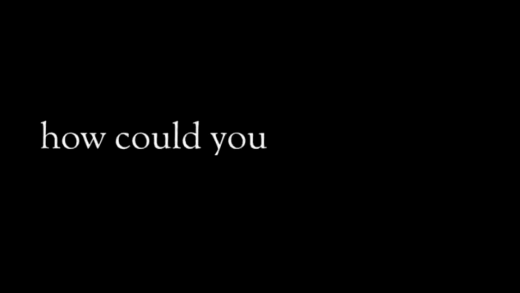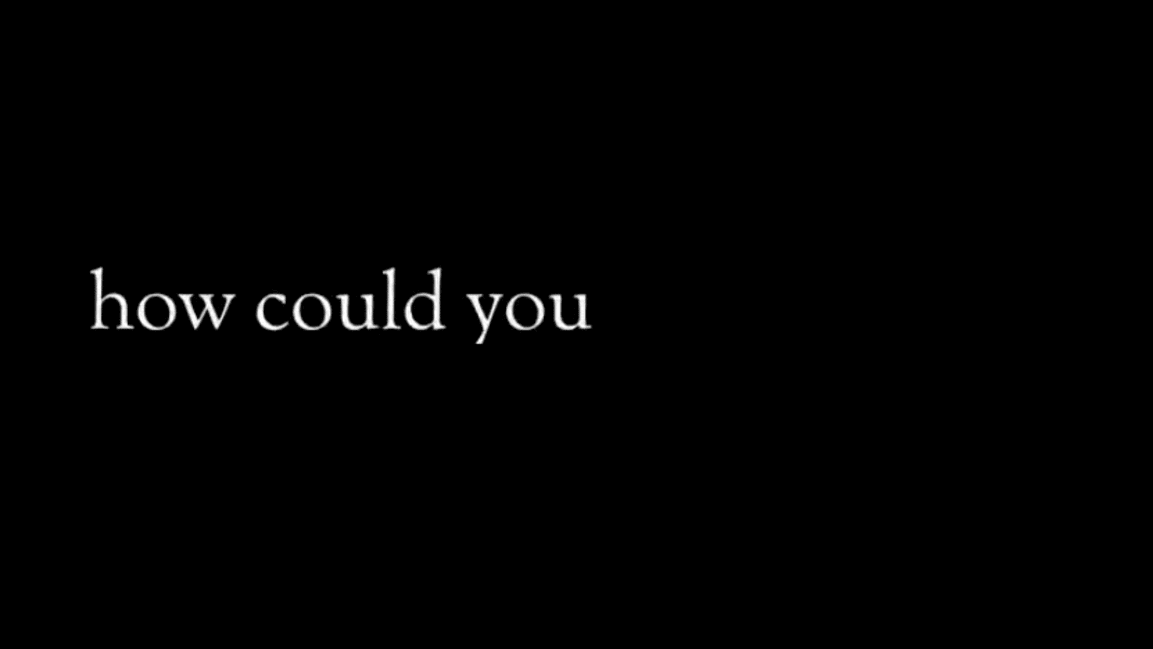How to design—and redesign—a PSA to stop Asian hate
As creatives, Titania Tran, Jamon Sin, and Mimi Munoz work at the award-winning ad agency Wieden+Kennedy to help such major brands as Nike, Old Spice, KFC, and P&G. But as Asian-Americans, they have all been personally affected by the rising levels of anti-Asian racism and hate crimes seen around the world.
Last year, as reports and officials continued to misrepresent COVID-19 by calling it a Wuhan virus or, as then-President Trump called it, “Kung Flu” and the “China Virus,” helping to spark the rise in anti-Asian racism, the trio of creatives produced a short film called “a word.” The film features a poem written by creative director Tran over images of text, as well as photos of anti-Asian signs, graffiti on a car that says “F**ck Asians and coronavirus,” tweets calling COVID-19 the “Chinese virus,” and photos of unprovoked attacks and their consequences.
It’s an emotional flood of fear, frustration, and anger, as well as a powerful reminder that words do matter—and how those words are used can have devastating consequences.
Now, a year later, in light of worsening statistics and the murder of six Asian women in Atlanta, they’ve updated the film and are re-launching it, along with several shorter versions, through earned and paid media channels like Twitch, to share the message with a wider audience and encourage more conversation on the issue.
The original idea wasn’t about finding a way to make a PSA, but rather came out of a need to respond to the pain of witnessing what their families and friends were subjected to, and the desire to protect each other. But then they realized the benefit of their station at one of the world’s leading ad agencies. “I think we all realized that we had a platform and the resources to do so,” says Munoz, a producer on the project. “It kind of just happened. We felt a sense of responsibility to use our resources to highlight what was happening within our community.”
For art director Sin, the goal was to show the rest of the country what they see, feel what they feel, and face it front and center—and to share an experience that is otherwise challenging to articulate in a normal conversation. “We created a format to provide perspective, to share one’s current experience, thought process, and point of view,” says Sin. “A conversation that pulls you in with every word that hits the screen. Our fear, our hurt, as it’s happening—through our eyes.”
This wasn’t just another piece of advertising. Creatively they were forced to push against the norms of consumer brand work, which always tries to land on a tangible call to action. Buy this! Order now! Click here!
“That’s a question that came up a few times during our process: What’s the call to action?” says Tran.
They did have a call to action, just not an easy or comfortable one. The film ends with the question, “What will you say, when you can’t say you didn’t know?” The message is meant to spark discomfort. Definitely not something any brand typically goes for. But this discomfort is about recognizing one’s self as a part of the problem, whether active or passive. The goal was to force people to sit with that. By doing so, hopefully collectively alert us that something is wrong in order to motivate change.
“This piece isn’t meant to tell people exactly what to do,” says Tran. “This film presents a choice. That’s the call to action: You decide the kind of person you want to be.”
Fast Company , Read Full Story
(38)



